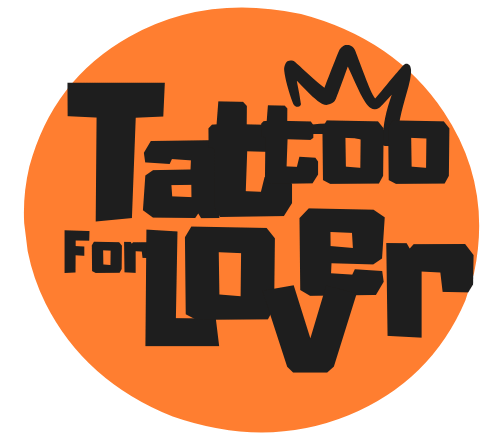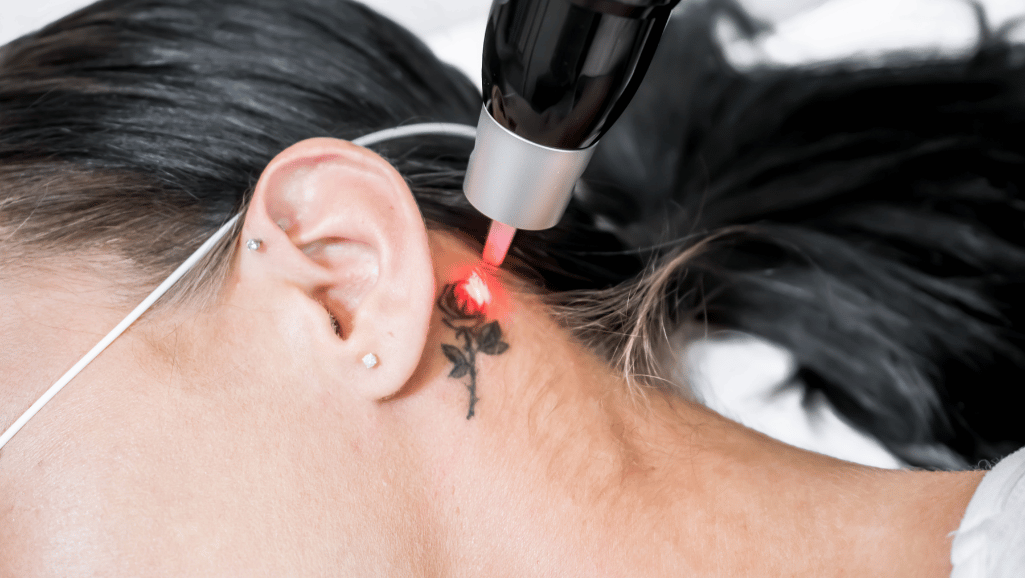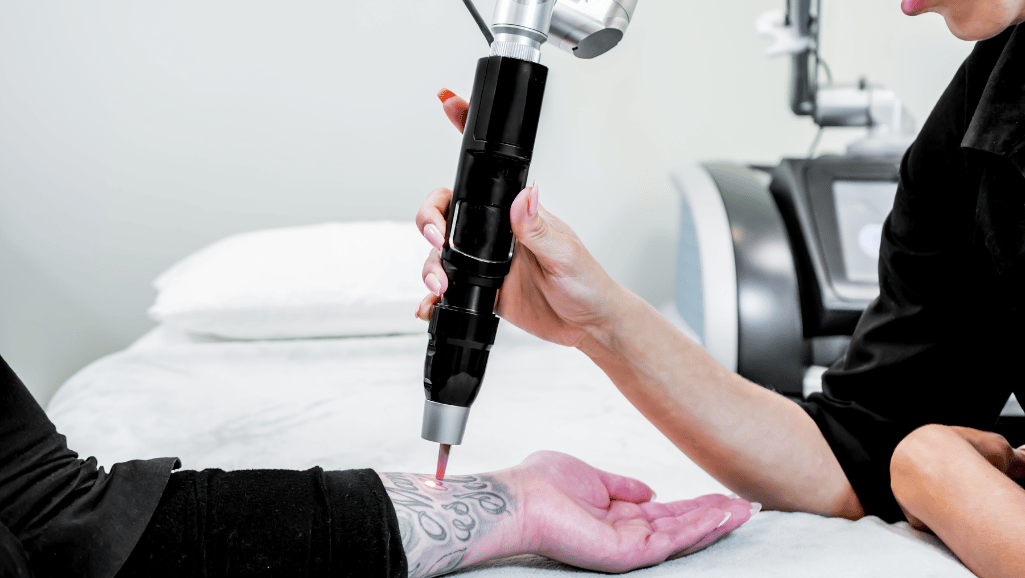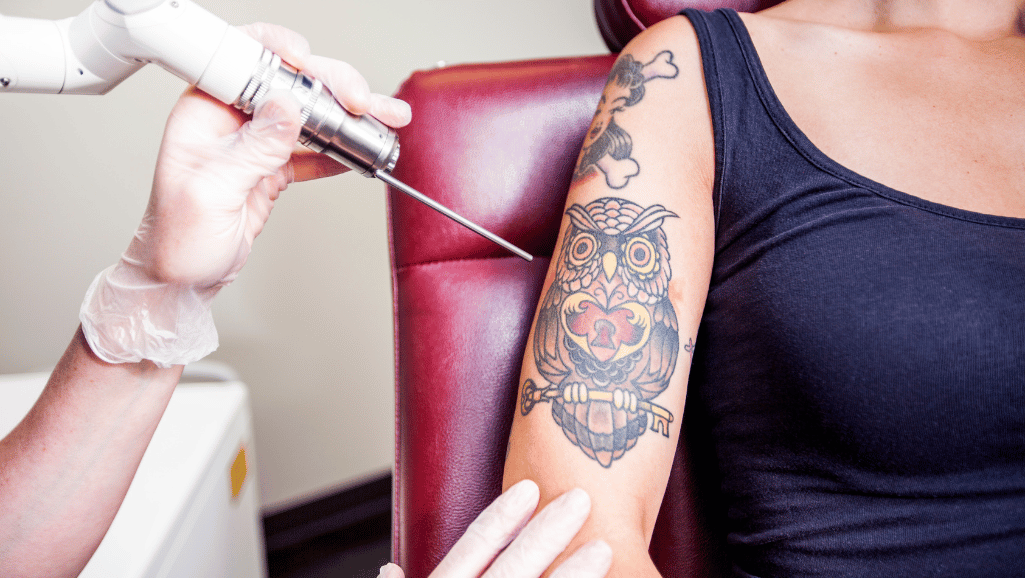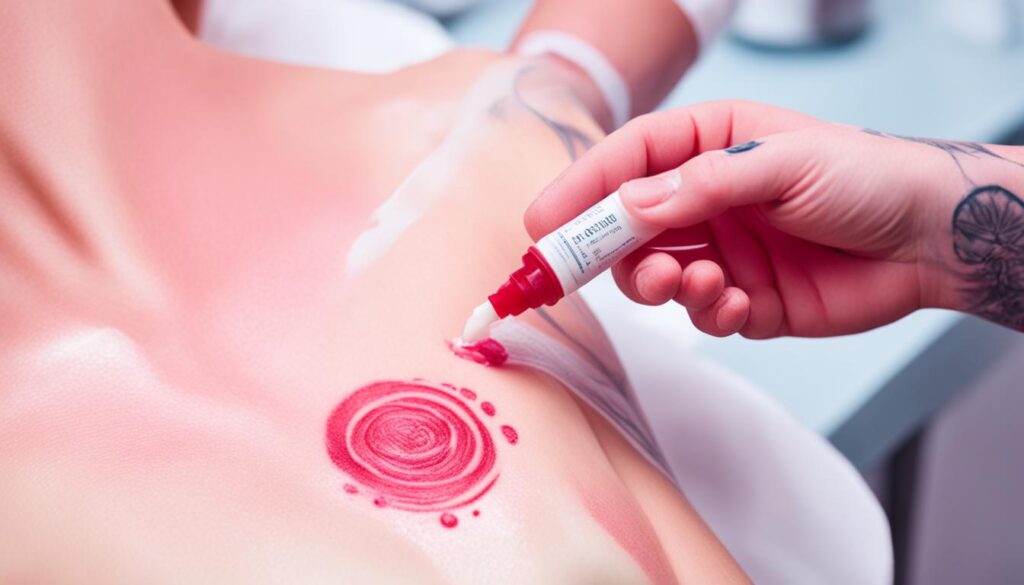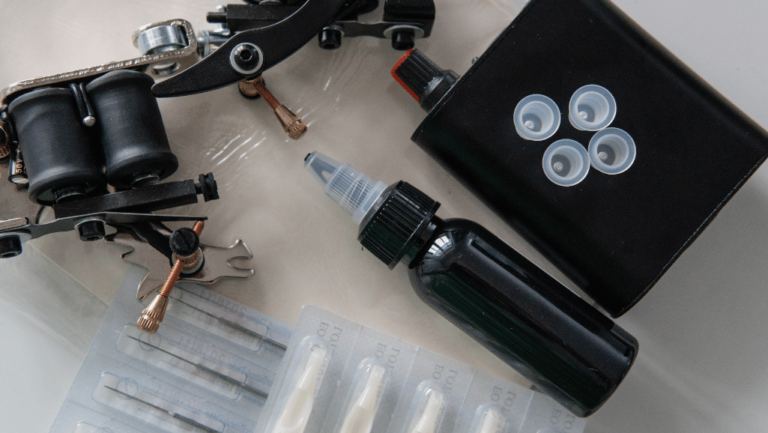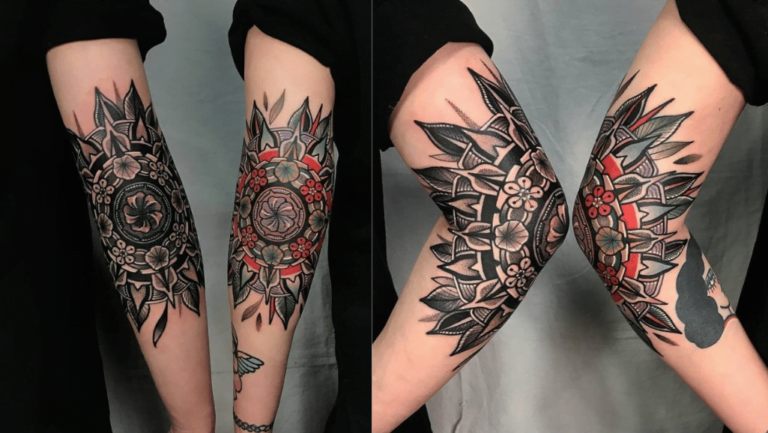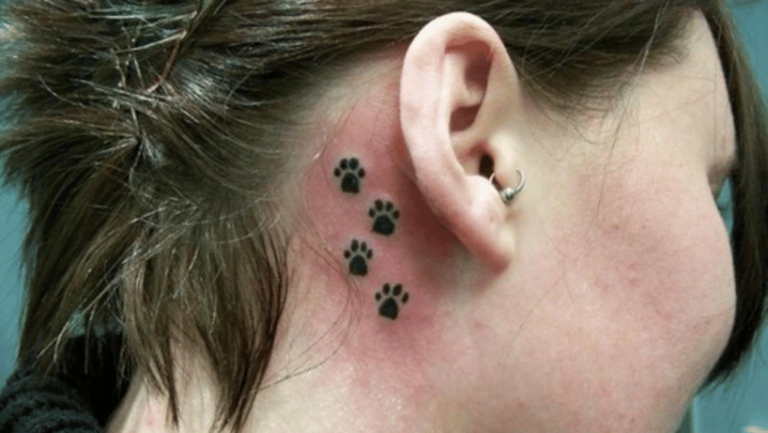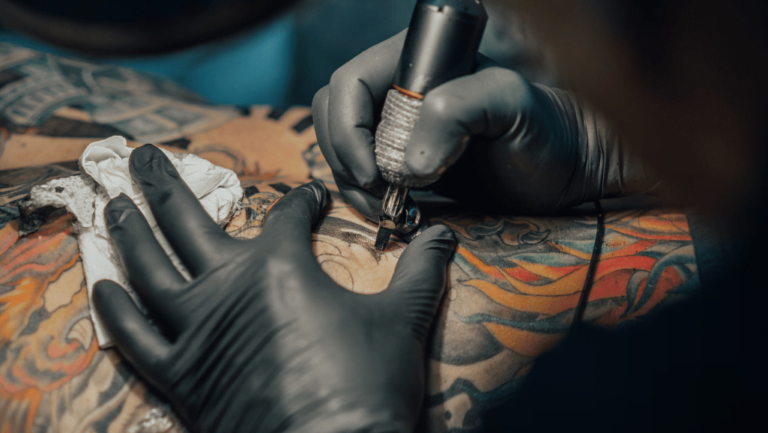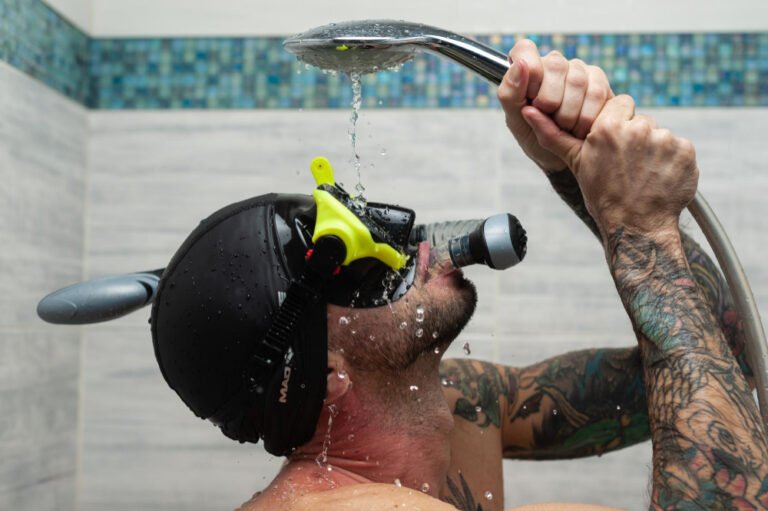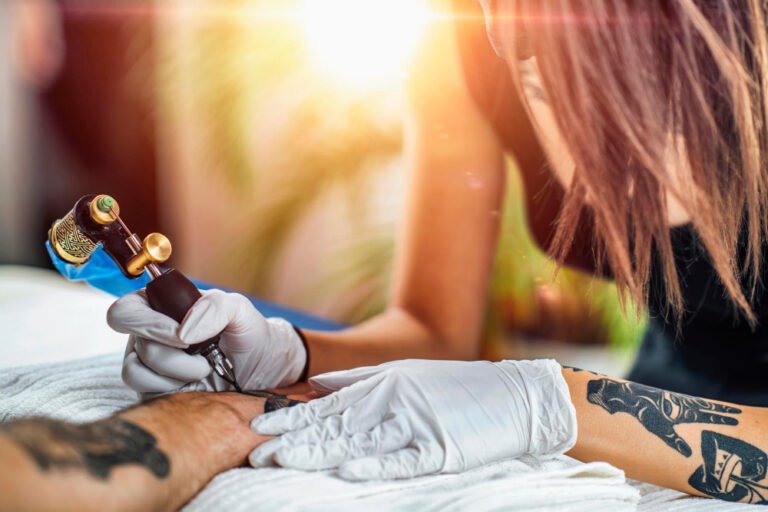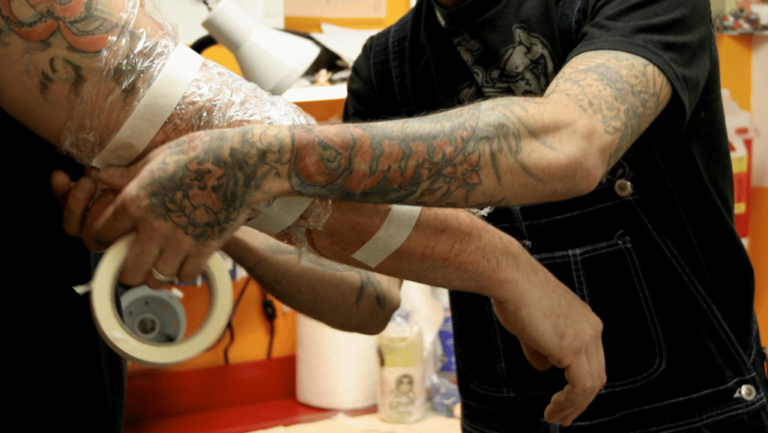Laser tattoo removal is a popular method for getting rid of unwanted tattoos. The process involves using lasers to break up the ink particles in the skin so that they can be carried away by the body’s immune system. The number of sessions required for tattoo removal can vary based on several factors.
These include the individual’s health, the age of the tattoo, the type and color of the ink used, and the size and location of the tattoo. Generally, amateur or homemade tattoos may be removed within 3 to 7 sessions, while professional tattoos done with harder inks can require anywhere from 8 to 20 treatments. Some tattoos may even require more than 20 sessions to achieve complete removal. It is important to consult with a professional to get an estimate of the number of sessions needed for your specific tattoo. how many sessions to remove a tattoo.
Key Takeaways
- The number of sessions needed for tattoo removal depends on various factors such as the individual’s health, tattoo age, size, location, and type and color of ink used.
- Amateur tattoos may be removed within 3 to 7 sessions, while professional tattoos with harder inks can require 8 to 20 treatments.
- Consulting with a professional is crucial to get an accurate estimate of the number of sessions needed for tattoo removal.
- Some tattoos may require more than 20 sessions to achieve complete removal.
- Patient persistence is key when undergoing tattoo removal sessions.
For detailed information on how laser tattoo removal works and the factors that affect the number of sessions needed, continue reading the sections below.
How Does Laser Tattoo Removal Work?
Laser tattoo removal is a highly effective method for removing unwanted tattoos. This process uses advanced laser technology to target and break down the ink particles embedded in the skin. Let’s take a closer look at how laser tattoo removal works.
Laser Technology
The core of the tattoo removal process is the use of lasers. The laser emits a high-intensity beam of light that specifically targets the tattoo ink. The type of laser used depends on the colors of the tattoo ink. Different colors require different laser wavelengths to effectively break down the pigments.
Breaking Down the Ink
When the laser beam is directed onto the tattooed area, it penetrates the outer layers of the skin without causing any damage. The laser light is absorbed by the tattoo ink, causing it to heat up and expand. This thermal energy breaks down the ink particles into smaller fragments.
As the ink particles break apart, the body’s immune system kicks into action. The fragmented ink particles are recognized as foreign substances and are carried away by the body’s white blood cells.
Natural Disposal
After being carried away by the white blood cells, the fragmented ink particles are eventually processed by the liver and expelled from the body through the digestive system. This natural disposal process gradually fades the tattoo over time.
Multiple Sessions
Tattoo removal is not a one-time process. It requires multiple laser tattoo removal sessions to achieve the desired results. The number of sessions depends on various factors, including the size and color of the tattoo, the type of ink used, and the depth of the ink in the skin. Typically, several weeks are needed between sessions to allow the skin to heal properly.
| Tattoo Ink Types | Removal Process |
|---|---|
| Black Ink | Black ink absorbs all laser wavelengths, making it the easiest color to remove. |
| Colored Ink | Colored inks require specific laser wavelengths to break down and remove. Multiple laser sessions may be necessary to target different colors effectively. |
By understanding the process and the factors involved, you can better prepare for laser tattoo removal sessions and have realistic expectations regarding the number of sessions required for complete tattoo removal. Consult with a professional to develop a customized tattoo removal plan that suits your needs and goals.
Factors That Affect the Number of Sessions Needed
When it comes to tattoo removal, several factors come into play that can influence the number of sessions needed to achieve the desired results. These factors include the size of the tattoo, the color and type of ink used, the age of the tattoo, and the individual’s skin tone and overall health.
- Tattoo Size: The size of the tattoo is a significant factor in determining the number of sessions needed for removal. Larger tattoos generally require more sessions compared to smaller ones. This is because the larger the tattoo, the more ink there is to break down and remove from the skin.
- Ink Color and Type: The color and type of ink used in the tattoo also play a role in the removal process. Certain colors, such as light greens and blues, can be more challenging to remove than others. Additionally, tattoos done with harder inks, such as white ink or UV ink, may require additional sessions for complete removal.
- Tattoo Age: The age of the tattoo can affect the number of sessions needed for removal. Older tattoos tend to fade over time, making them easier to remove compared to newer ones. This is because the ink particles may have already started to break down naturally, allowing the laser to target them more effectively.
- Skin Tone: The individual’s skin tone can impact the efficiency of the tattoo removal process. Dark skin tones can be more challenging to treat, as the laser needs to differentiate between the pigment of the tattoo and the natural pigment of the skin. Special care and consideration must be taken to avoid complications and achieve optimal results.
- Overall Health: The individual’s overall health can also affect the number of sessions needed for tattoo removal. A healthy immune system plays a crucial role in eliminating the fragmented ink particles after each session. Maintaining a healthy lifestyle, including a balanced diet and regular exercise, can contribute to the efficiency of the removal process.
It is essential to keep in mind that each tattoo removal journey is unique, and the number of sessions required can vary from person to person. Consulting with a professional tattoo removal specialist is crucial to assess your specific situation and provide an estimate of the number of sessions needed for your tattoo.
What to Expect During the Tattoo Removal Process
When undergoing tattoo removal, it’s essential to be aware of the process and what to expect during each session. This section will guide you through the key aspects of a tattoo removal consultation, the duration of each session, and the post-treatment care required to achieve optimal results.
Tattoo Removal Consultation
Prior to starting the tattoo removal sessions, a consultation with a professional is crucial. During this consultation, the tattoo will be assessed, and your specific needs and concerns will be addressed. This consultation is an opportunity for the professional to understand your expectations and provide you with an estimate of the number of sessions needed for your particular tattoo.
Tattoo Removal Session Duration
The duration of each tattoo removal session can vary depending on several factors such as the size of the tattoo, colors used, and the tattoo’s location on the body. On average, a session can last between 10 to 30 minutes. Larger tattoos or those with intricate designs may require more time for complete coverage. Your tattoo removal specialist will provide you with a more accurate timeframe based on your specific tattoo.
Post-Treatment Care
After each tattoo removal session, it’s important to follow proper post-treatment care instructions provided by the professional. This includes avoiding activities that may cause sweating or prolonged exposure to hot water for a short period. It’s essential to keep the treated area clean and protected from sun exposure. Depending on the size and color of the tattoo, the treated area may take several weeks to heal completely.
Following the recommended post-treatment care will help optimize the healing process and enhance the results of your tattoo removal sessions. By adhering to these guidelines, you can ensure a smooth recovery and increase the chances of achieving your desired outcome.
| Benefits of Proper Post-Treatment Care | Tips for Post-Treatment Care |
|---|---|
|
|
Conclusion
Laser tattoo removal is a safe and effective method for removing unwanted tattoos. The number of sessions needed for tattoo removal can vary depending on several factors, such as the size of the tattoo, the type and color of ink used, the age of the tattoo, and the individual’s skin tone and overall health. Consulting with a professional is crucial to determine the estimated number of sessions required for your specific tattoo.
By following post-treatment instructions and taking proper care of the treated area, it is possible to achieve the desired results in tattoo removal. This process allows individuals to remove tattoos that no longer reflect their current self-expression, providing them with the opportunity for a fresh start and a blank canvas.
Whether you are looking to completely remove a tattoo or fade it for a cover-up, laser tattoo removal offers a reliable solution. Achieving the desired results may take time, patience, and multiple sessions, but with the expertise of a trained professional, it is possible to say goodbye to unwanted tattoos and embrace a new chapter in your personal journey.
FAQ
How many sessions are usually needed for tattoo removal?
How does laser tattoo removal work?
What factors affect the number of sessions needed for tattoo removal?
What can I expect during the tattoo removal process?
How can I achieve the desired results with tattoo removal?
Forhad
Forhad's writing is not just about the artistry of tattoos or the latest trends in the industry; it's an exploration of the deep-rooted connections people have with their tattoos, reflecting personal narratives, cultural histories, and moments of transformation. Through a mix of in-depth features, personal narratives, and insightful analyses, he sheds light on the multifaceted nature of tattooing, revealing the emotional and cultural layers that lie beneath the surface.

